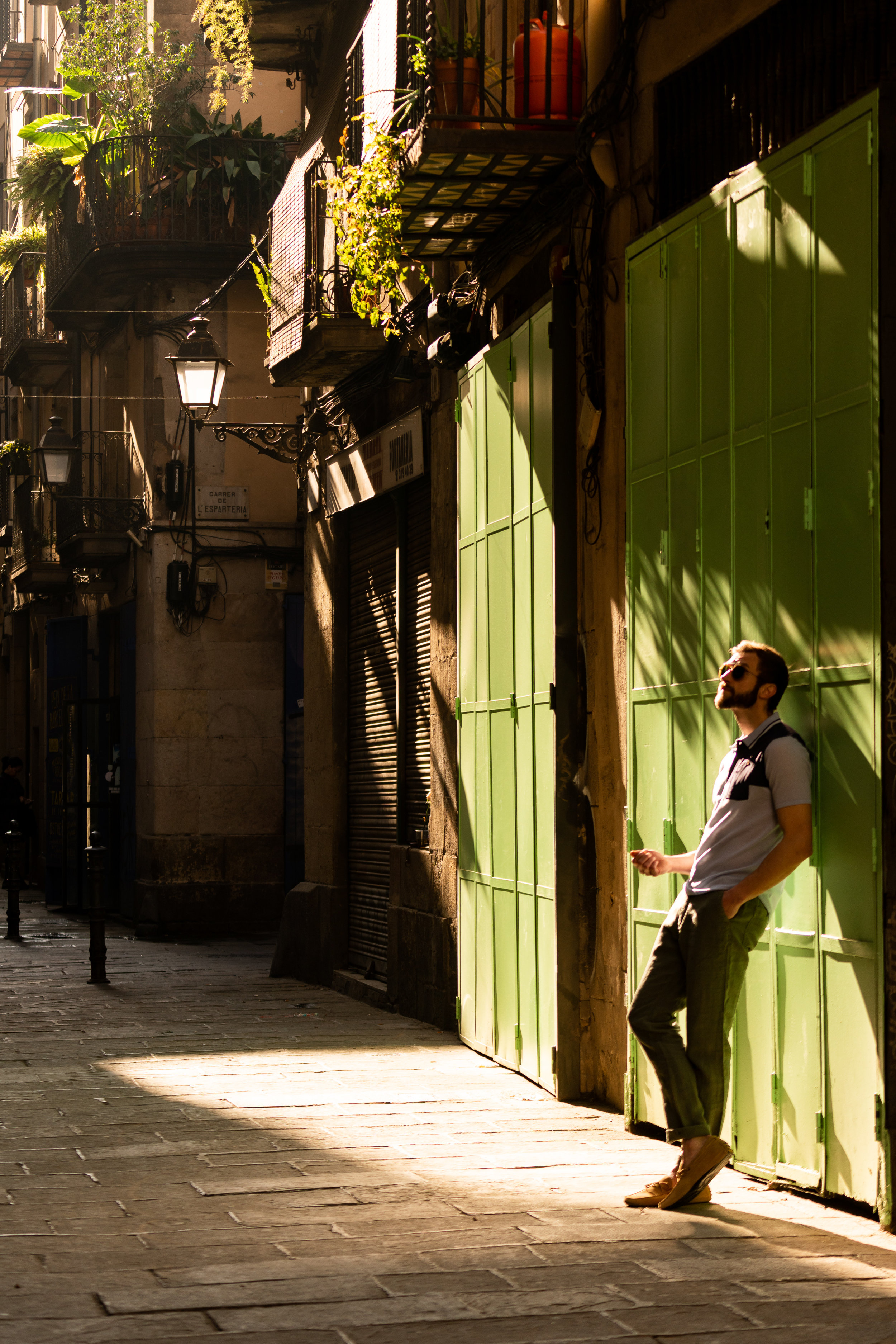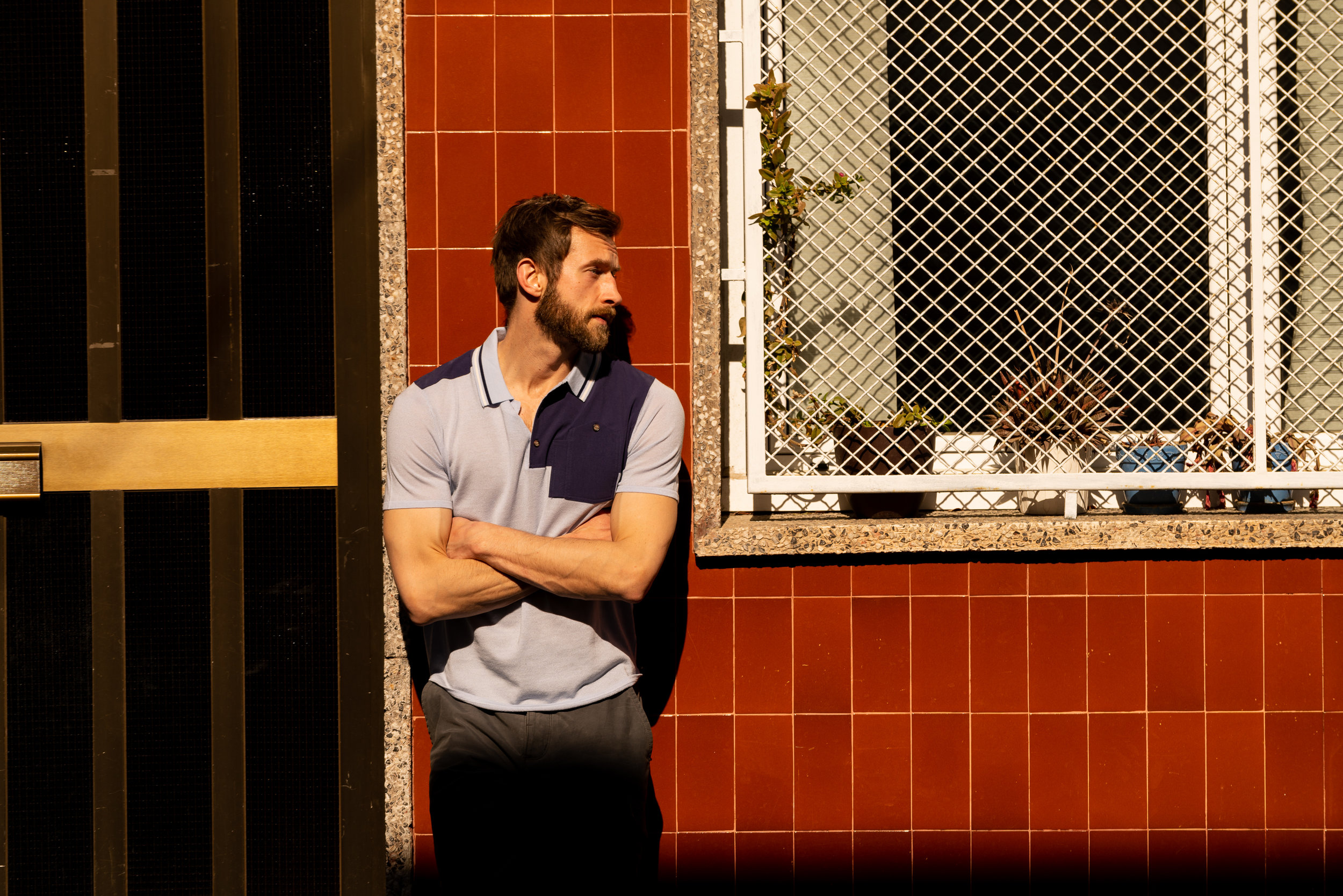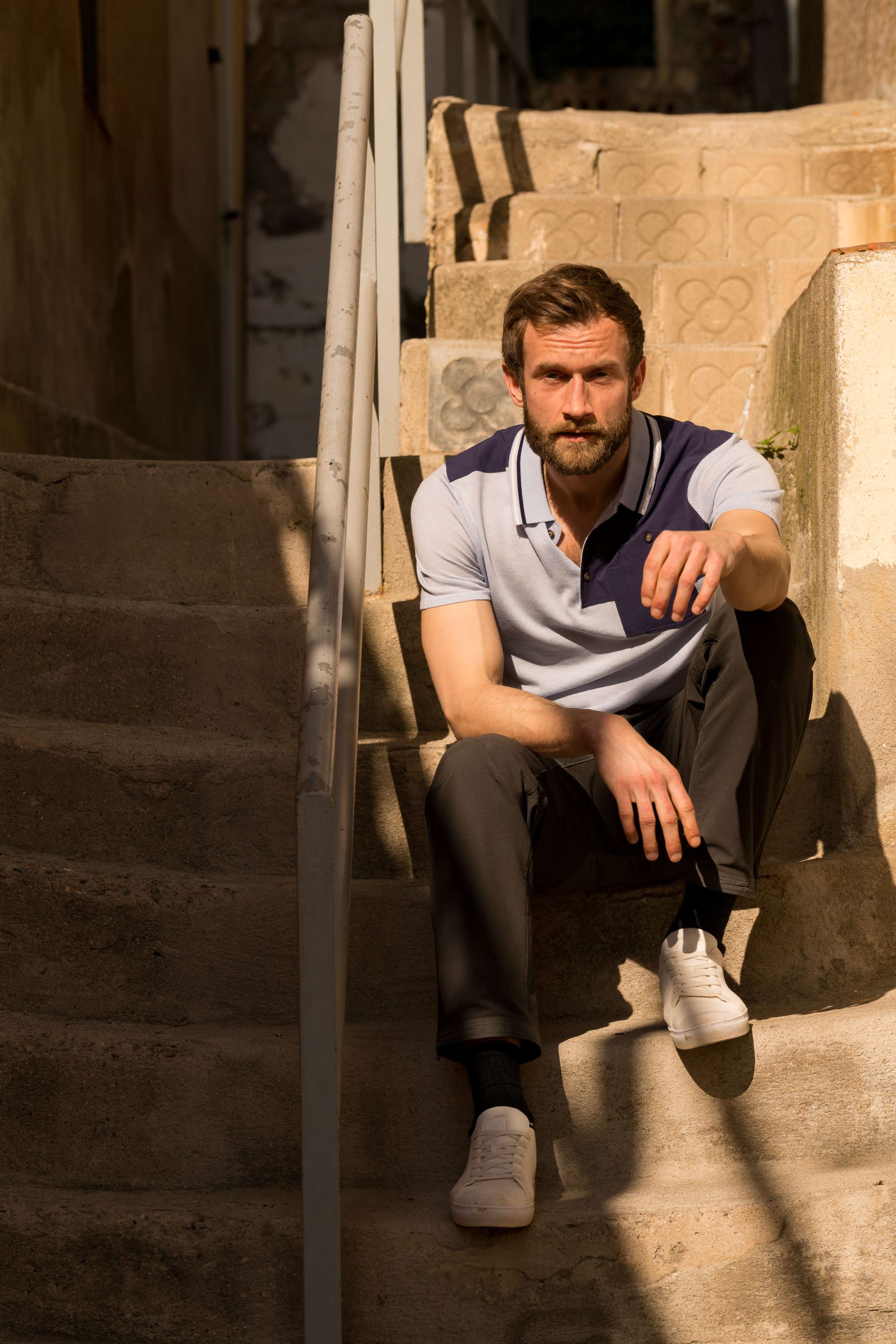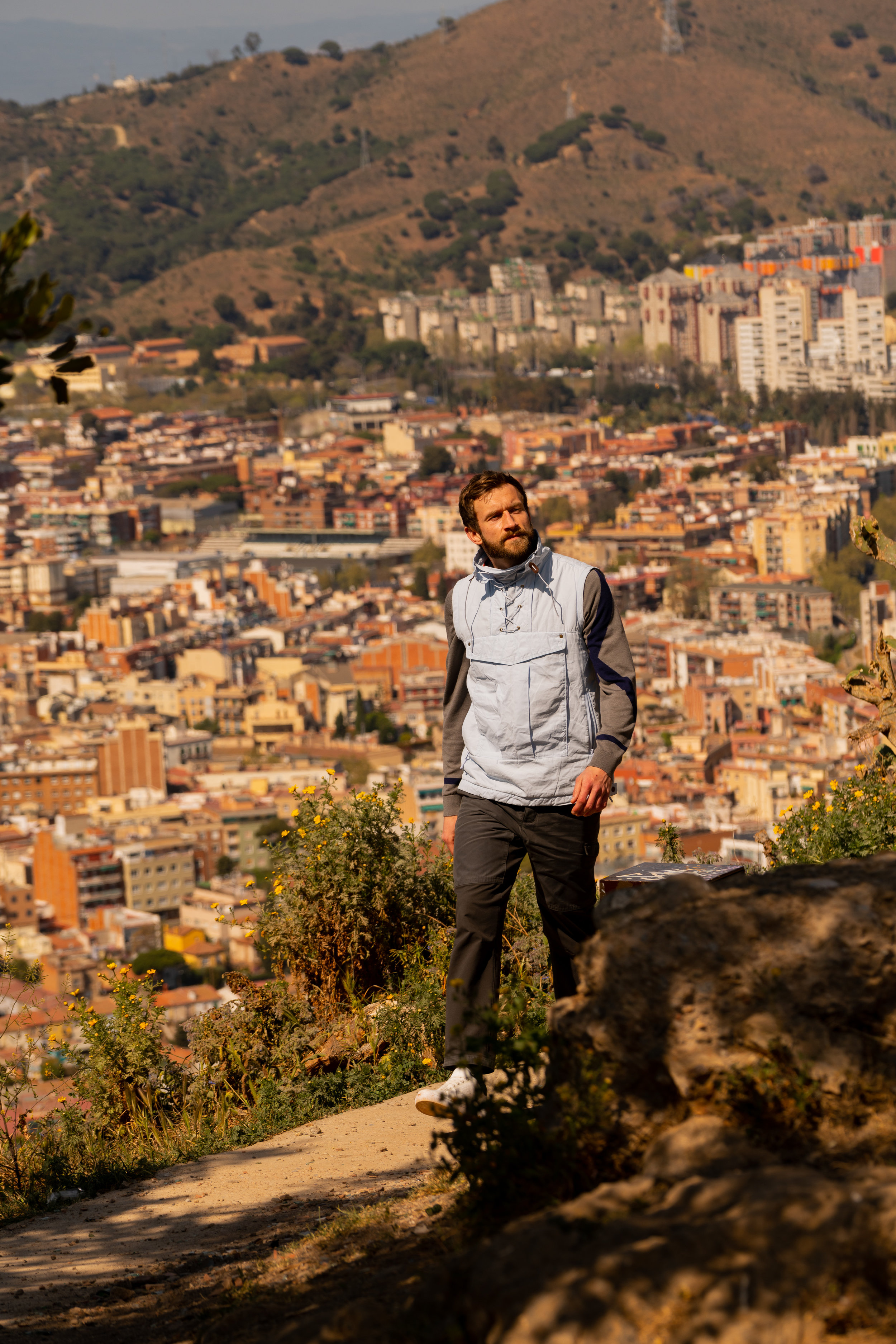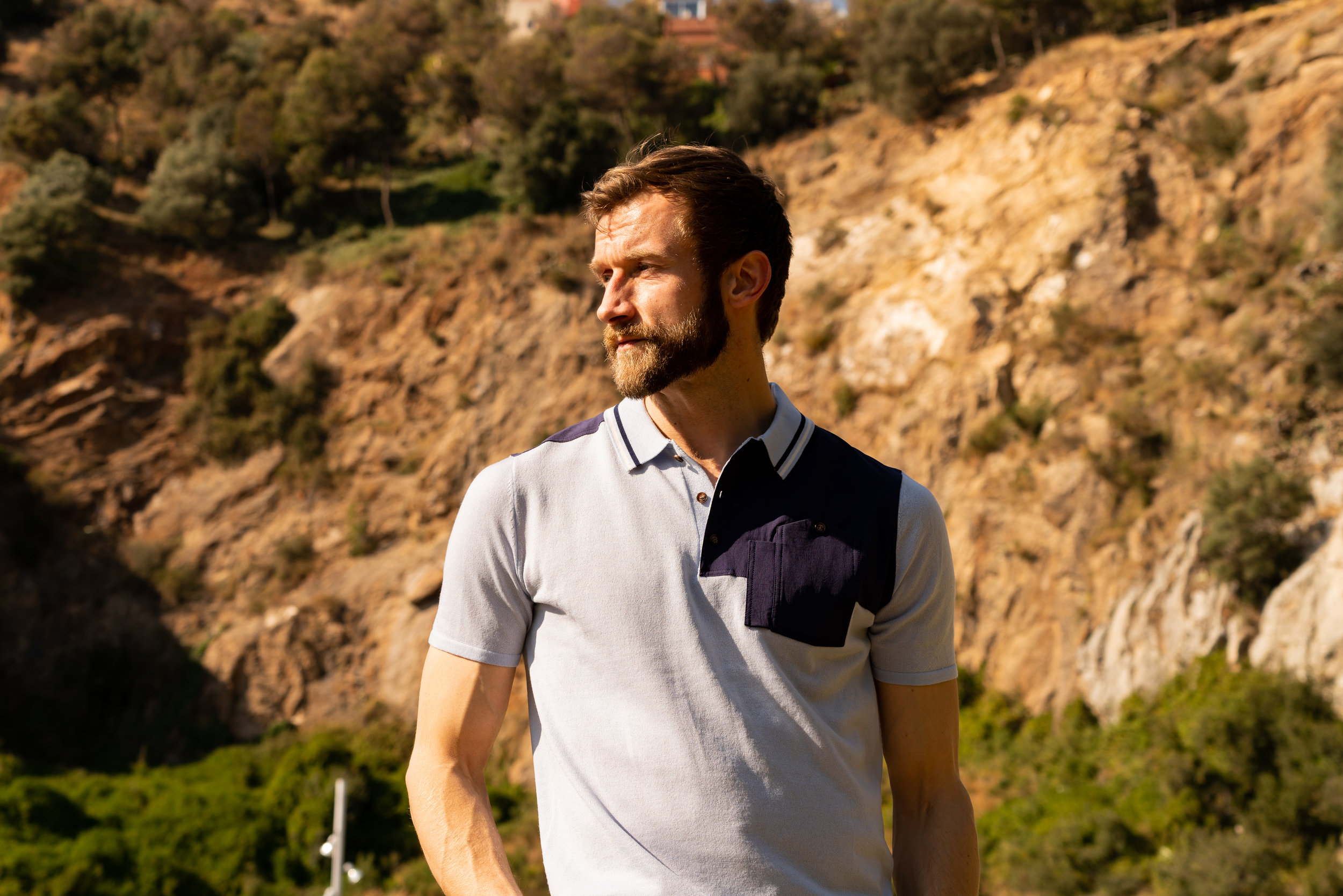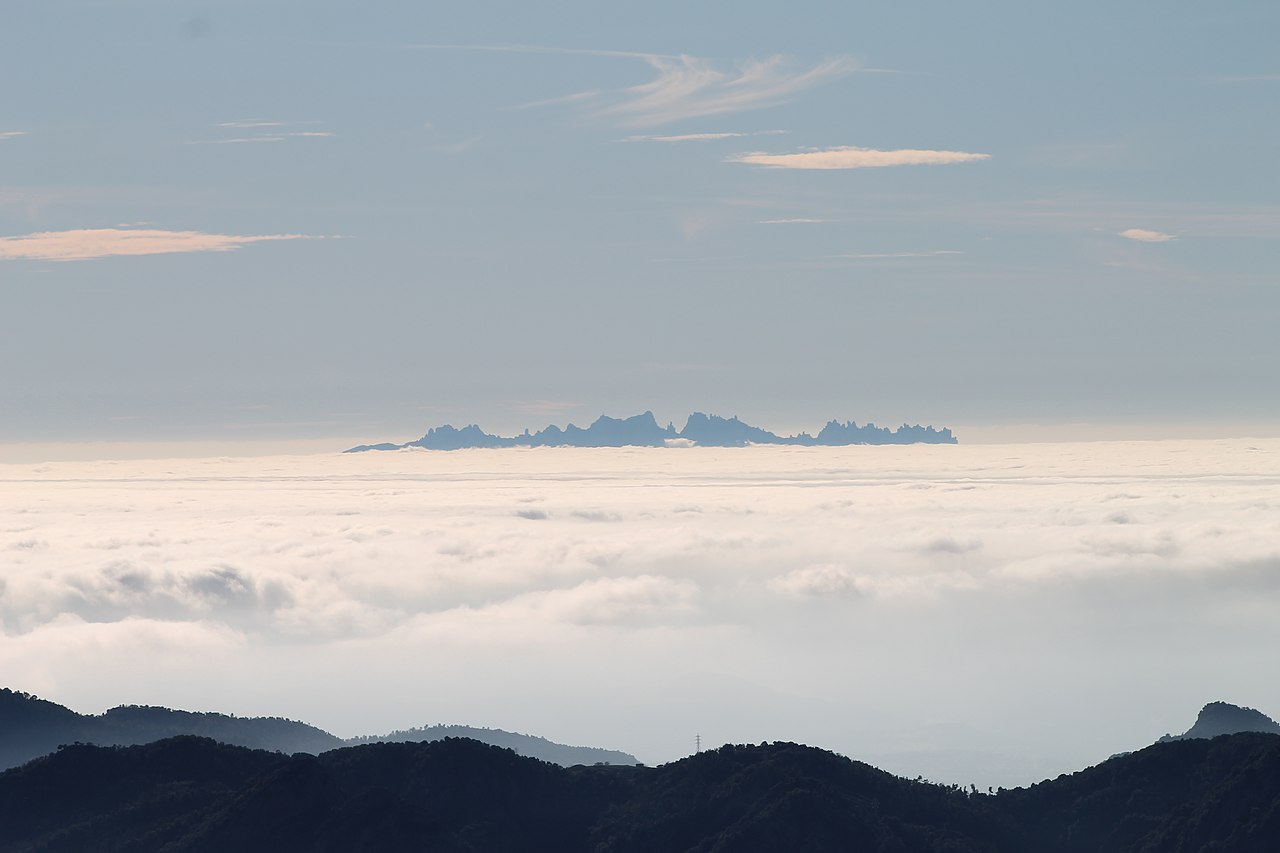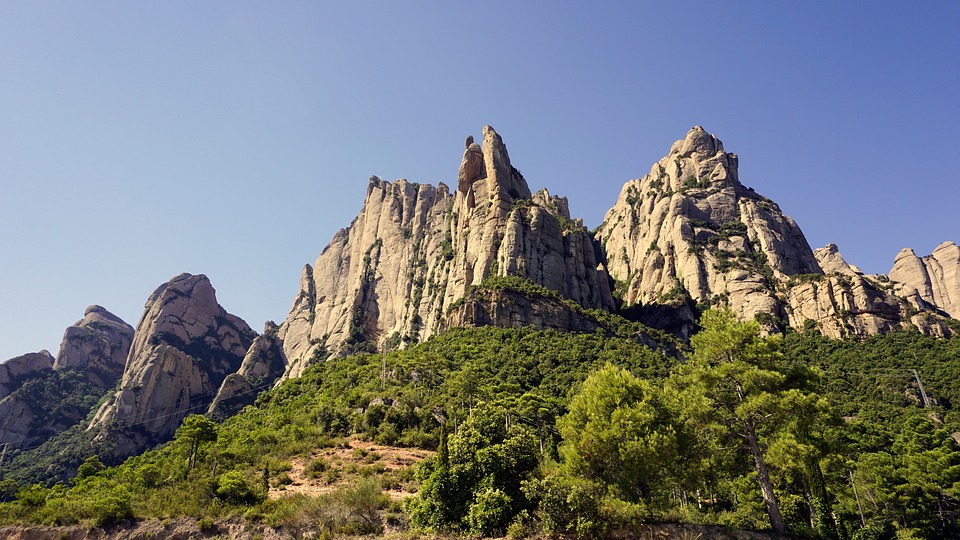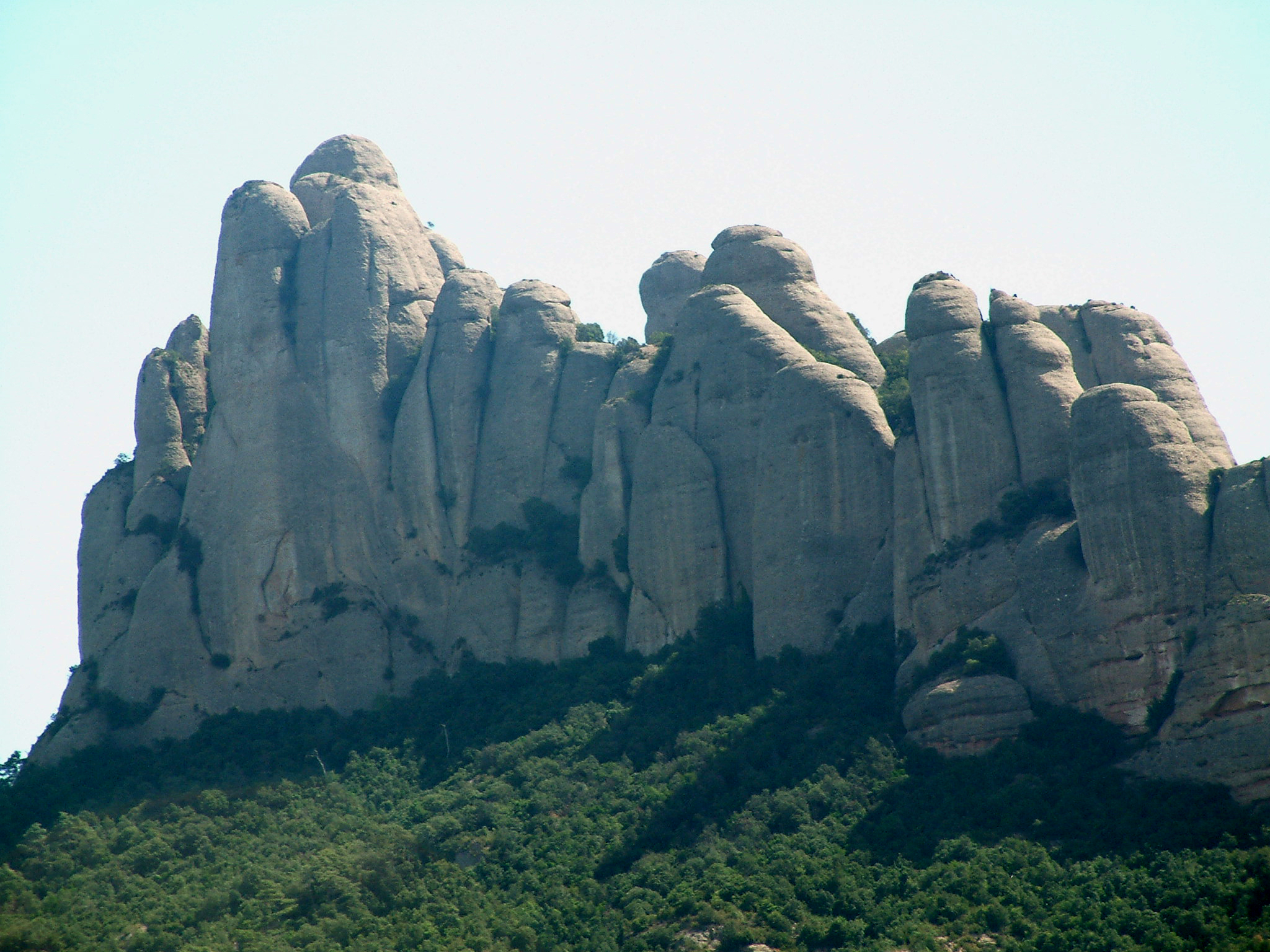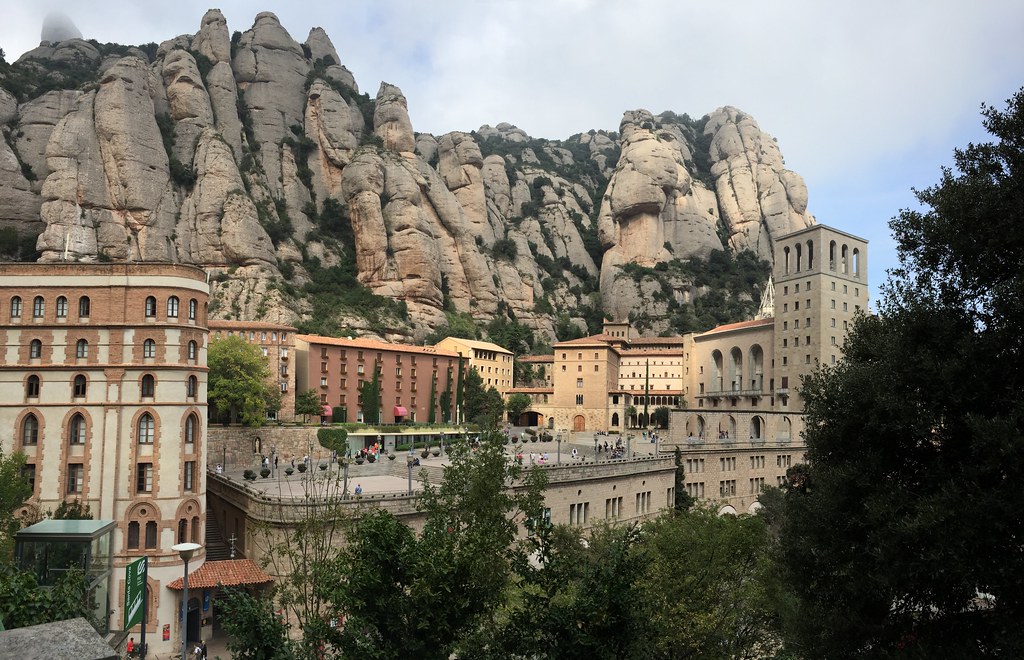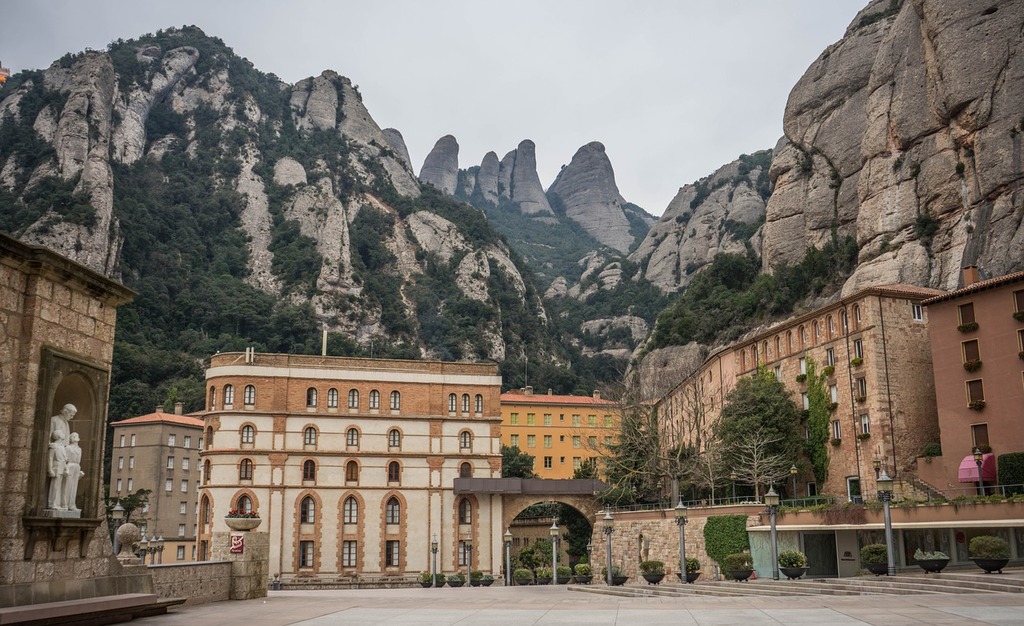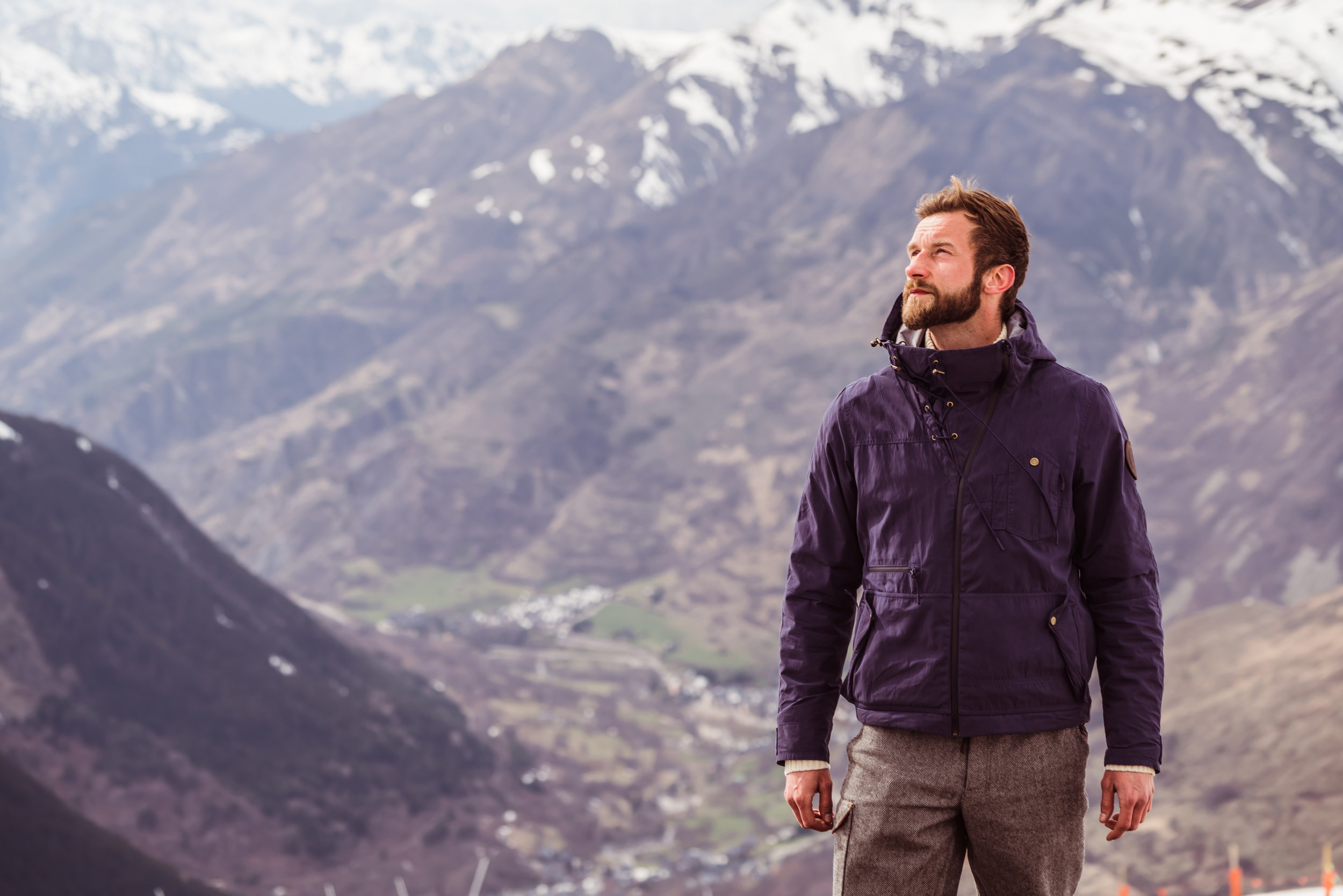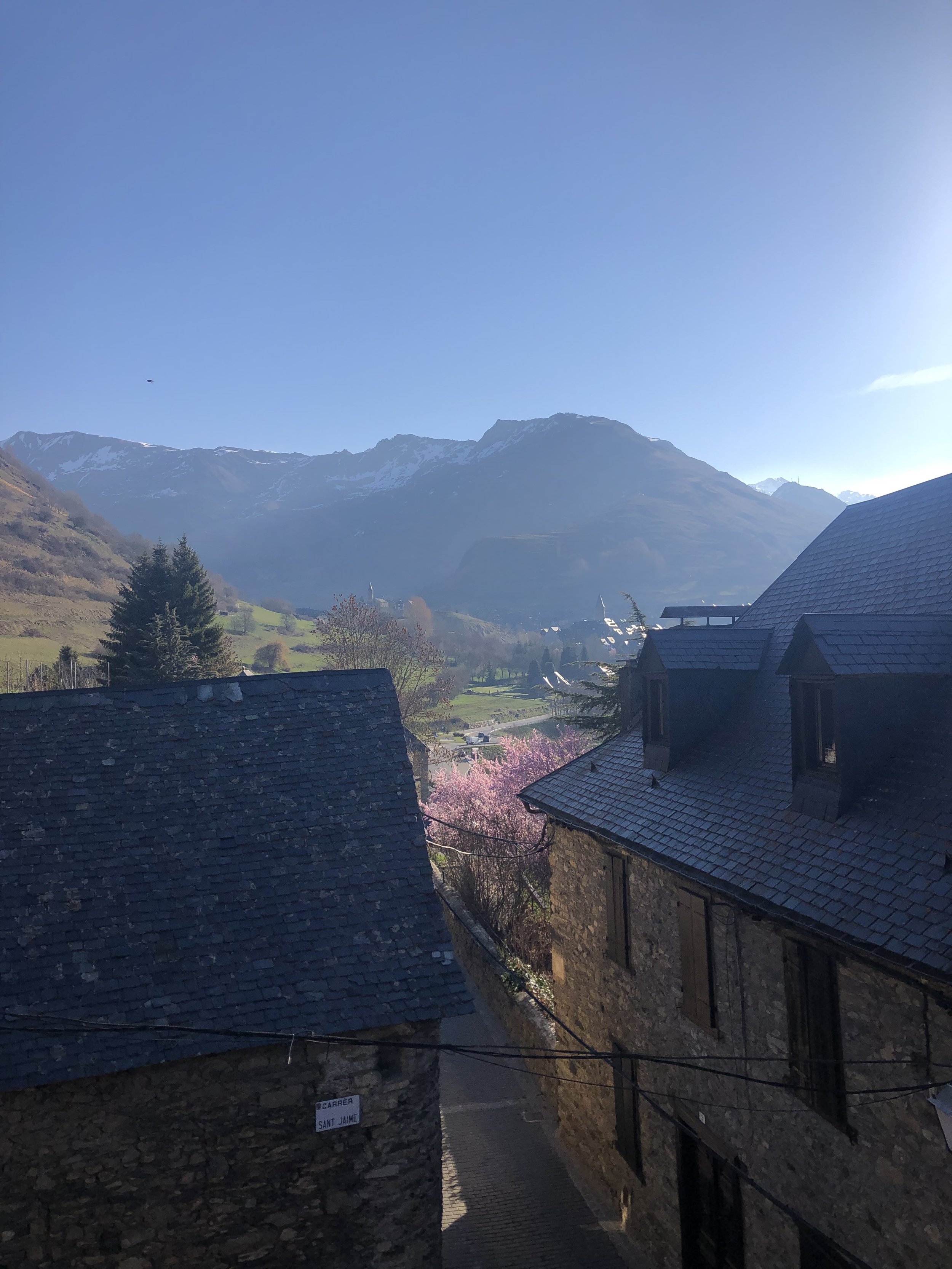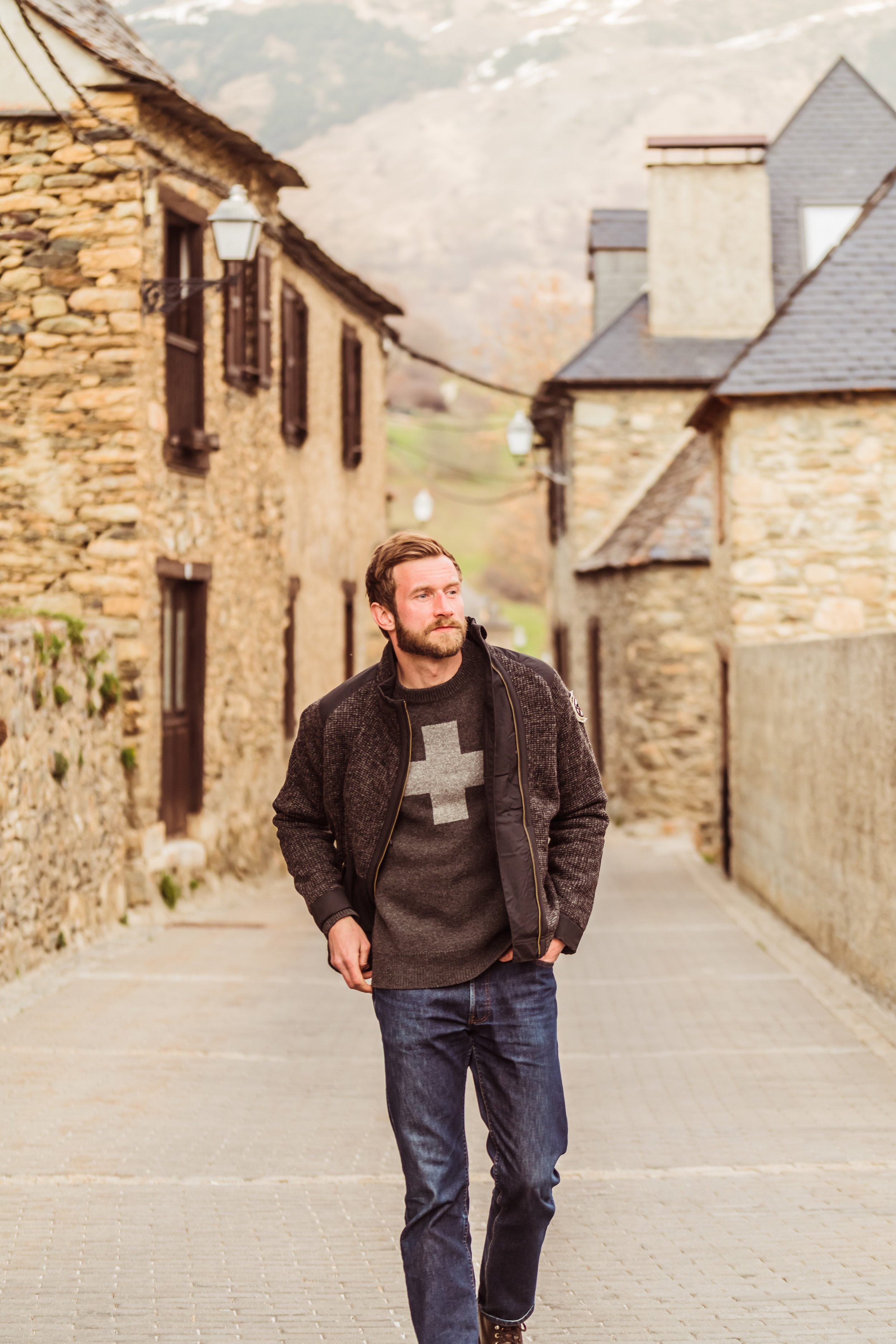To and through the mountains: Barcelona and the Pyrenees
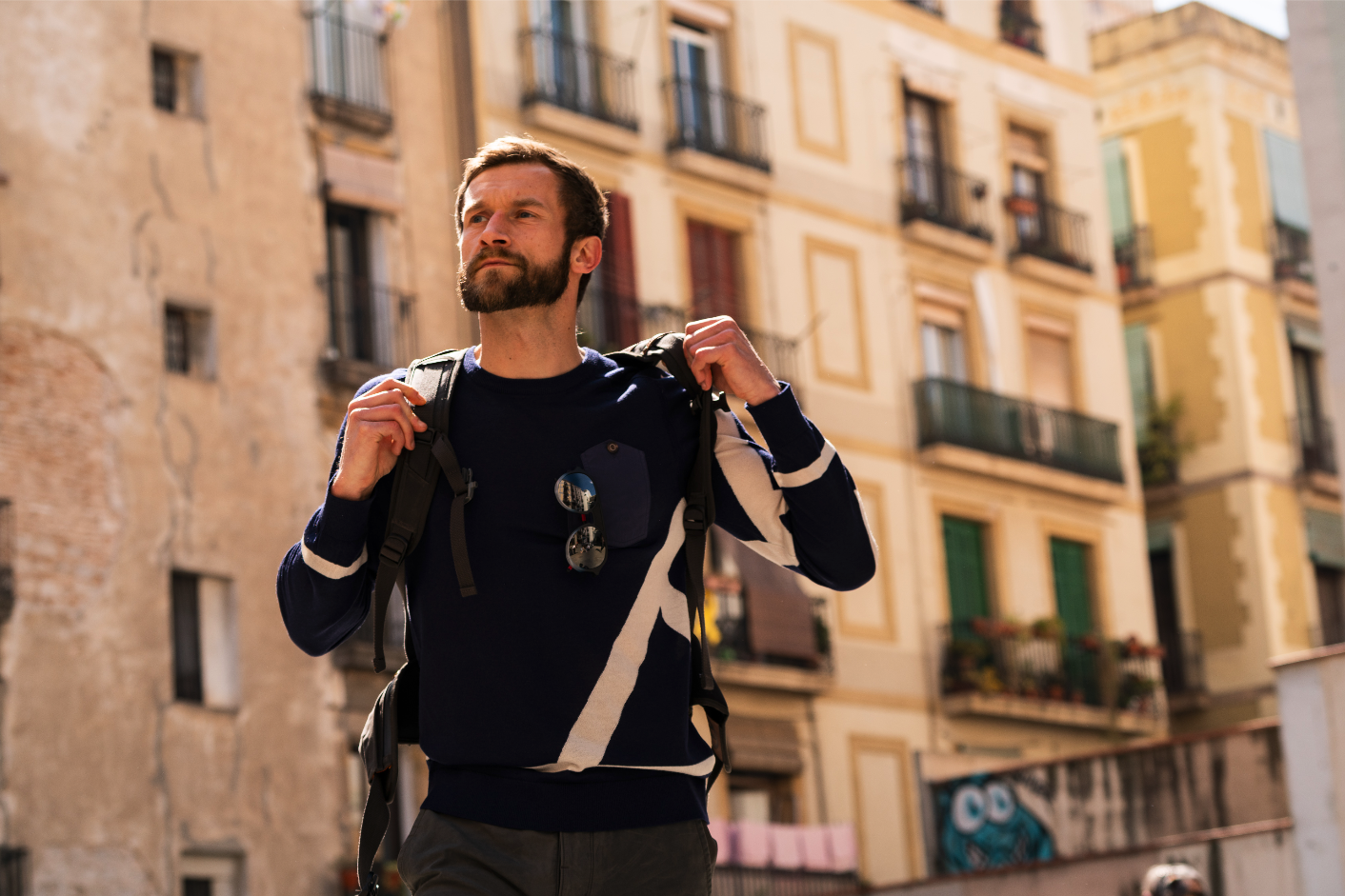
Words by the Alps & Meters team. Photos by Rian Davidson
There is something special about Barcelona, that goes without saying. But there's even something larger - beyond the narrow winding streets of El Born or the beaches of La Barceloneta; beyond the captivating Gaudí houses and cathedrals; beyond the paella and the pintxos. As you start to zoom out and experience Barcelona and its place in the larger Catalonia region, what starts to stick with you is the landscape. The sheer raw beauty is overwhelming and somewhat confusing: varied terrain of jagged red rock and evergreens are like a mishmash of alpine terrain rising layer by layer across Catalonia, gradually rising higher and higher until you reach the Pyrenees.
These are the places that are constantly on the mind when the Alps & Meters team designs the Touring collection. Technical garments suited for alpine pursuits like touring or hiking at their core, sure, but we aim to elevate these garments into distinctive pieces that accompany you through the streets of places like Barcelona and on your journey to the mountains. The greater Catalonia region was a place we fell in love with and knew we had to visit, Touring Collection in tow.
I
BARCELONA
Jumping off from our apartment base, we wandered the streets taking in all that Barcelona's varied neighborhoods. We start in El Born, its medieval history apparent in the twisting maze of narrow passageways flanked by open air balconies and garments hung on clotheslines gently swaying in the warm breeze. There’s a distinct creative energy here, almost as if the nearby Museu Picasso is literally rubbing off on the inhabitants of the neighborhood. A different unique shop, gallery or cafe waits around every corner of the twisting maze, inviting us in and captivating our attention.
Wandering the streets of El Born
We follow these narrow passageways down towards the beach and start to explore La Barceloneta, the neighborhood that spills out onto Platja de Sant Sebastià, the city’s beachfront that was revitalized for the 1992 Summer Olympics. The neighborhood a mix of liveliness; a walk along the passeig involves dodging skateboarders or surfers carrying their boards down to the beach, and the beachfront is constantly buzzing with activity. But it’s the history as a fishing village gives the place a sense of tradition and a true feeling of being a community of locals. It has a real feeling of authenticity, from the small squares to the restaurants run by neighbors serving some of the best seafood available anywhere.
The city starts to come alive at elevation, as we make our way to the Bunkers del Carmel, the site of anti-aircraft guns and fortifications constructed during the Spanish Civil War. The actual bunkers have long since crumbled, with fragments remaining for ambitious hikers who have made the quick yet strenuous 900 vertical foot hike to enjoy a cold beer from the entrepreneurial vendors waiting at the top. Standing nearly 1000 feet above sea level, we're treated to a magnificent view of the Mediterranean stretching out to the horizon with city landmarks like Gaudi's stunning La Sagrada Familia towering over the city in the foreground. Gigantic cruise ships pull into port, one of the busiest across the continent. It's here where we start to become fascinated with the landscape: there are evergreen and olive trees in front of us with palm trees on the horizon in the distance. We can't take our eyes off the sea, yet by simply turning 180 degrees we're staring at the Serra de Collserola, the mountain range overlooking the city that quickly stretches to 1,700 feet in elevation. We drink a few cervezas and make the hike back down to the Gràcia neighborhood, inspired to press on and climb higher.
II
CATALONIA
A stop for provisions and we throw our bags into a van and speed out of Barcelona with the rush hour traffic, weaving through the Catalan Costal Range mountains as we make our way along the highway, the afternoon sun hitting the mountains and reflecting a deep reddish hue that reminds us of the American Southwest. In the distance, there’s a dark haze that looks like a funny-shaped cloud, but as we get closer we realize that’s not it at all.
Montserrat literally means “Saw Mountain” in Catalan, and it’s immediately clear why. Tiny teeth cap the nooks and crannies of the range and, as stunning as it is from a distance, it’s even more striking up close. The highlight and most well-known area of the mountain is Santa Maria de Montserrat, the functioning Benedictine Abbey housing more than 70 monks and long thought to be the site of the Holy Grail. It’s unlike any mountain in the world, yet it’s barely outside the city limits of Barcelona.
Fascination with the surroundings gives way to white-knuckle terror as we continue on and wind closer to the Catalonia-Aragon border, the elevation rising. High-mountain switchbacks and hairpin turns test every ounce of maneuverability of our rental van, which is surely not meant for these types of endeavors. Everyone is tempted to look out the side windows, but our eyes are fixed straight ahead - partly out of fear and partly for self-preservation to ward off motion sickness.
The harrowing drive proves worth it when we arrive to the regional border: awaiting us is a dammed up portion of the Rio Noguera Ribagorçana, the river that forms much of the border between Catalonia and Aragon. The stunning blue water is as deep as anything we’ve ever seen, like a high-altitude alpine lake you’d find in the Rockies. The road winds around the reservoir, giving us spectacular views of the mountains that change as we make the turns and trace the edges of the water.
The stunning blue waters of the Pantà de Escales
III
PYRENEES
We know we’re in the home stretch as we pass through the Vielha Tunnel on our way to the Aran Valley in the Pyrenees. When the tunnel opened in 1948, it was the longest in the world and extremely necessary, as the valley was completely isolated from the southern side of the mountain range during the entire winter. Having just driven a few of those roads, we can see why.
The view of the Val d’Aran from Gessa
The valley itself is fascinating, lying only miles from the French border and the Andorra border and retaining a strong local identity: more than one-third of inhabitants speak Aranese, the lesser known of the three official languages of Catalonia. Buried in the Pyrenees, the physical barrier between the Iberian Peninsula, the valley draws in influences from both sides, reflected in the traditions and the food. Traditionally an area dependent on cattle ranching, it’s now known as a destination for winter sports activity for travelers from both France and Spain.
We make our way to Naut Aran, the second largest municipality in Catalonia in terms of land mass but with a population of just over 1,000, and settle in the village of Gessa (population: 127). It’s set off the valley floor and we see the the church of St. Pèir de Gessa standing watch over the village, the road into the town passing underneath the bell tower. When we arrive, it looks like a place straight from medieval times: everything is made from stone, from the buildings to the streets. A working farm is scattered throughout the village, and a mountain stream runs through it. It’s an idyllic place: a quiet, beautiful alpine village that gives you the sense that things here haven’t changed in hundreds upon hundreds of years.
It’s a wonderful place to breathe in the mountain air and relax for a few days, away from the hustle and bustle of the big city and the excitement of our travel to the mountains.

